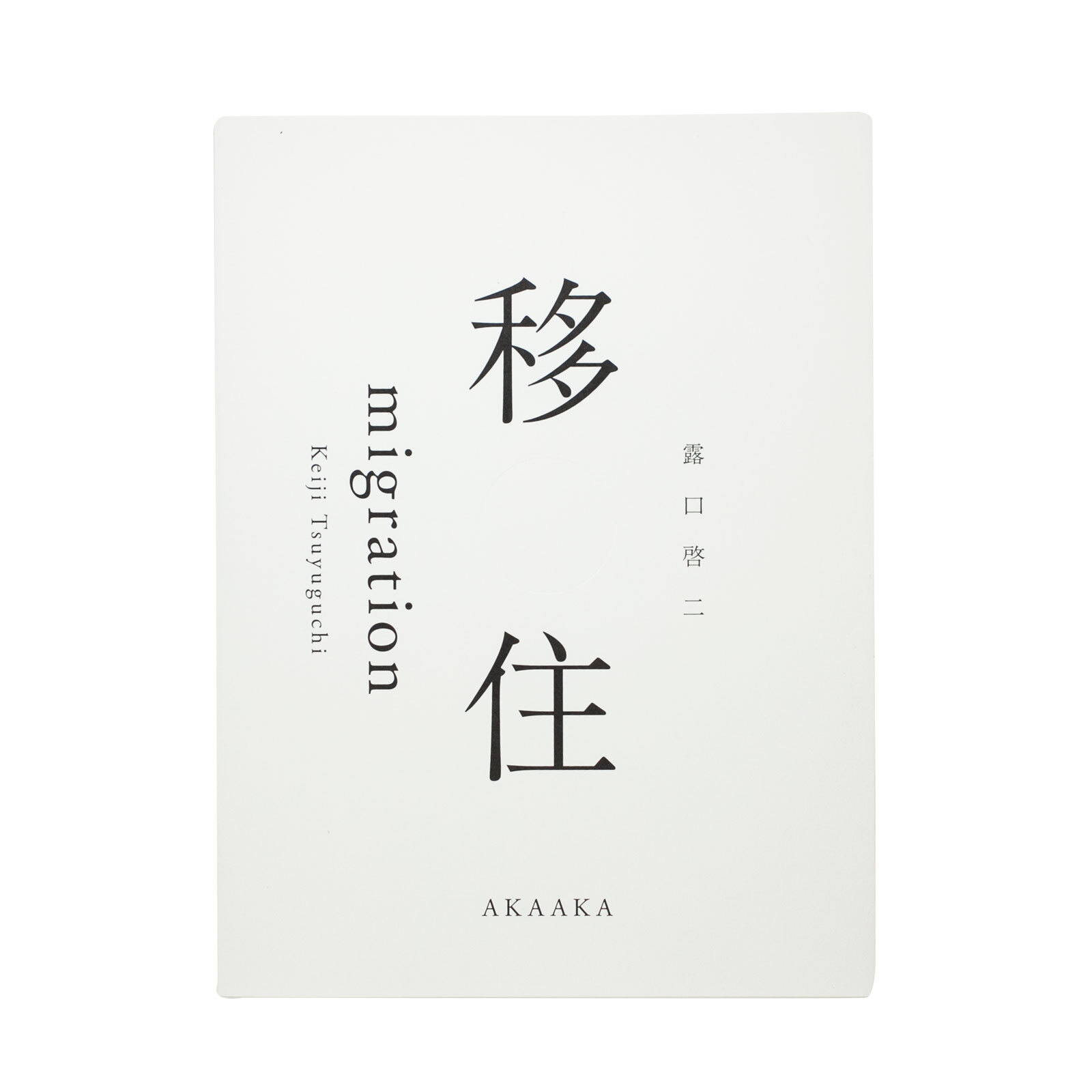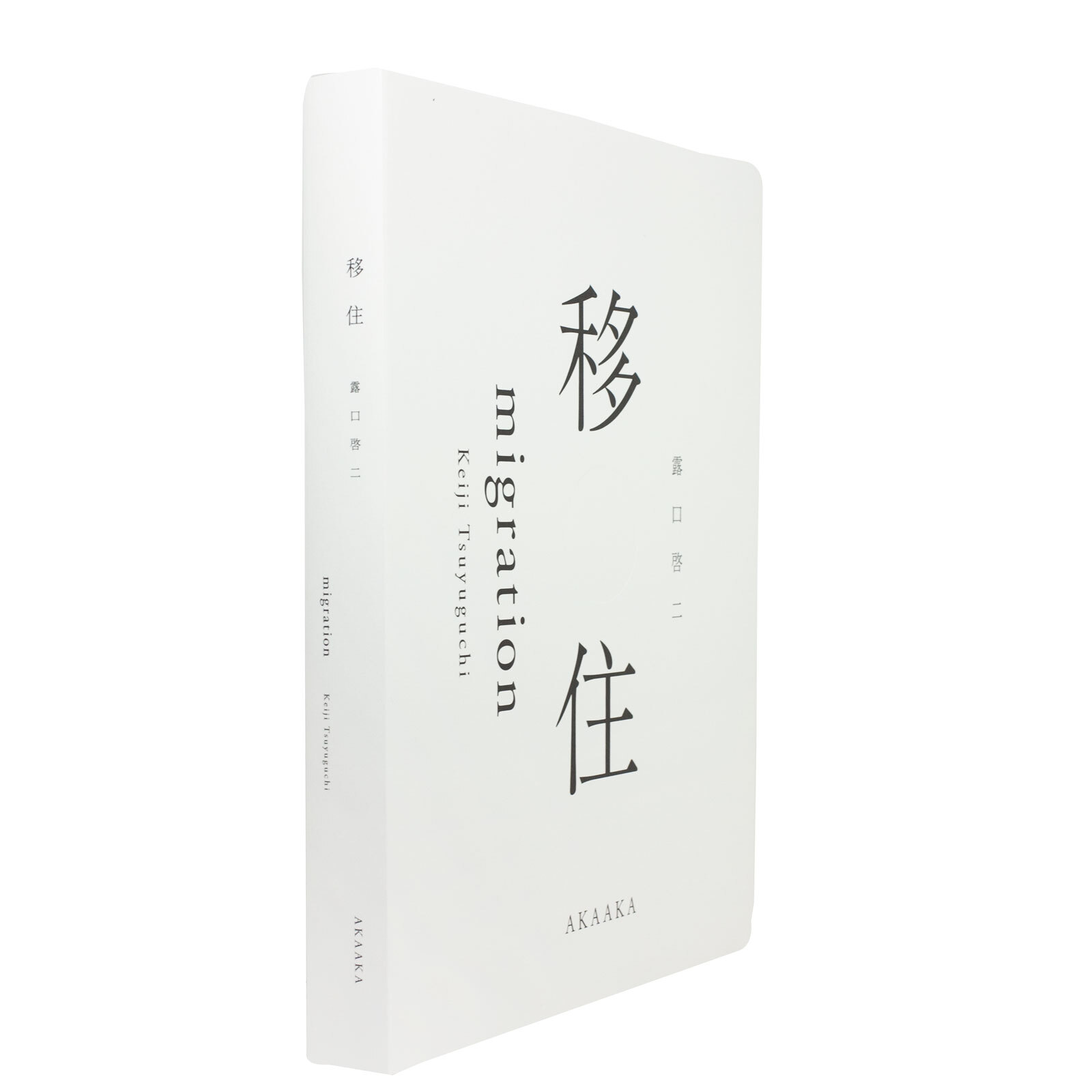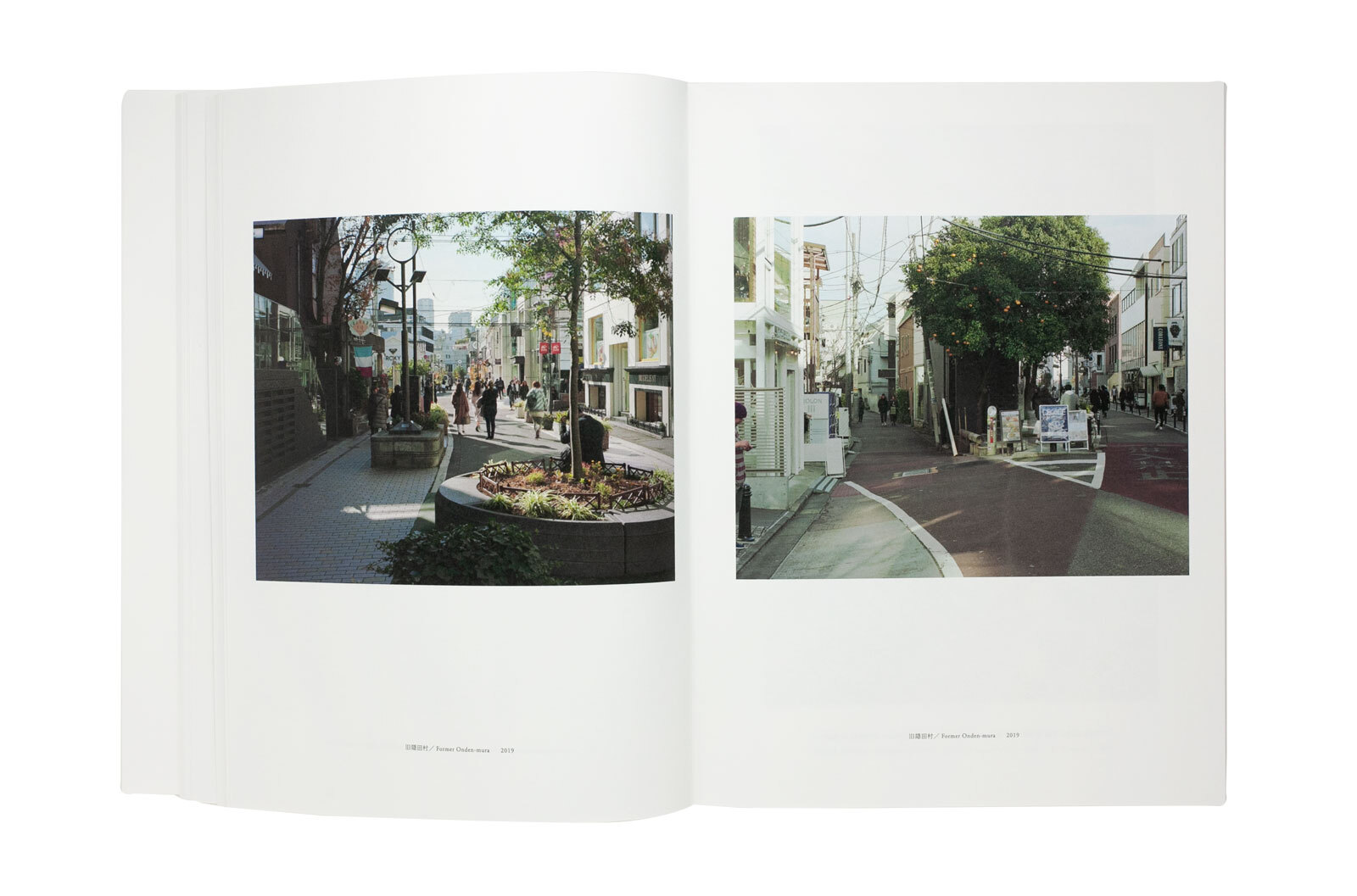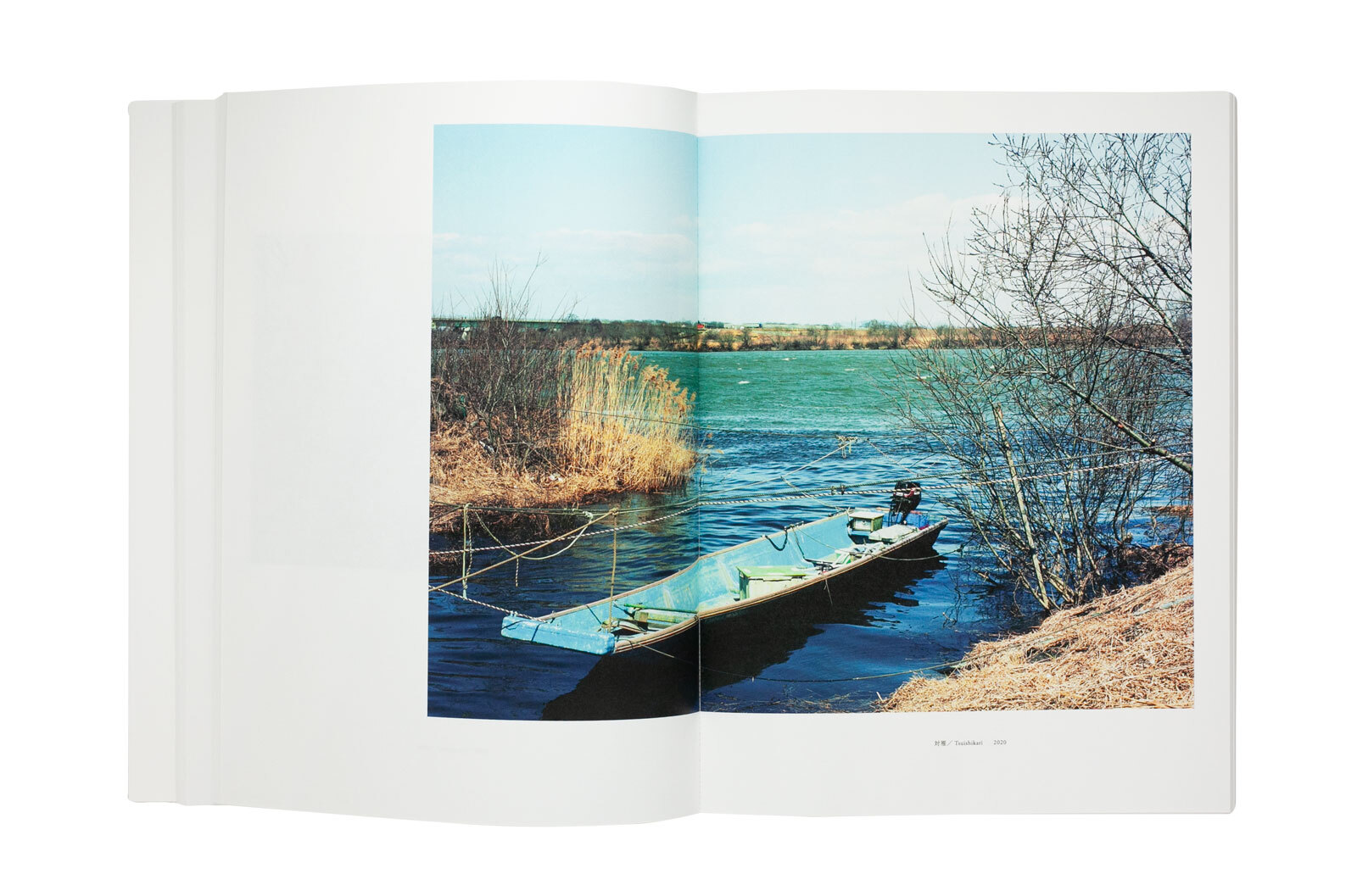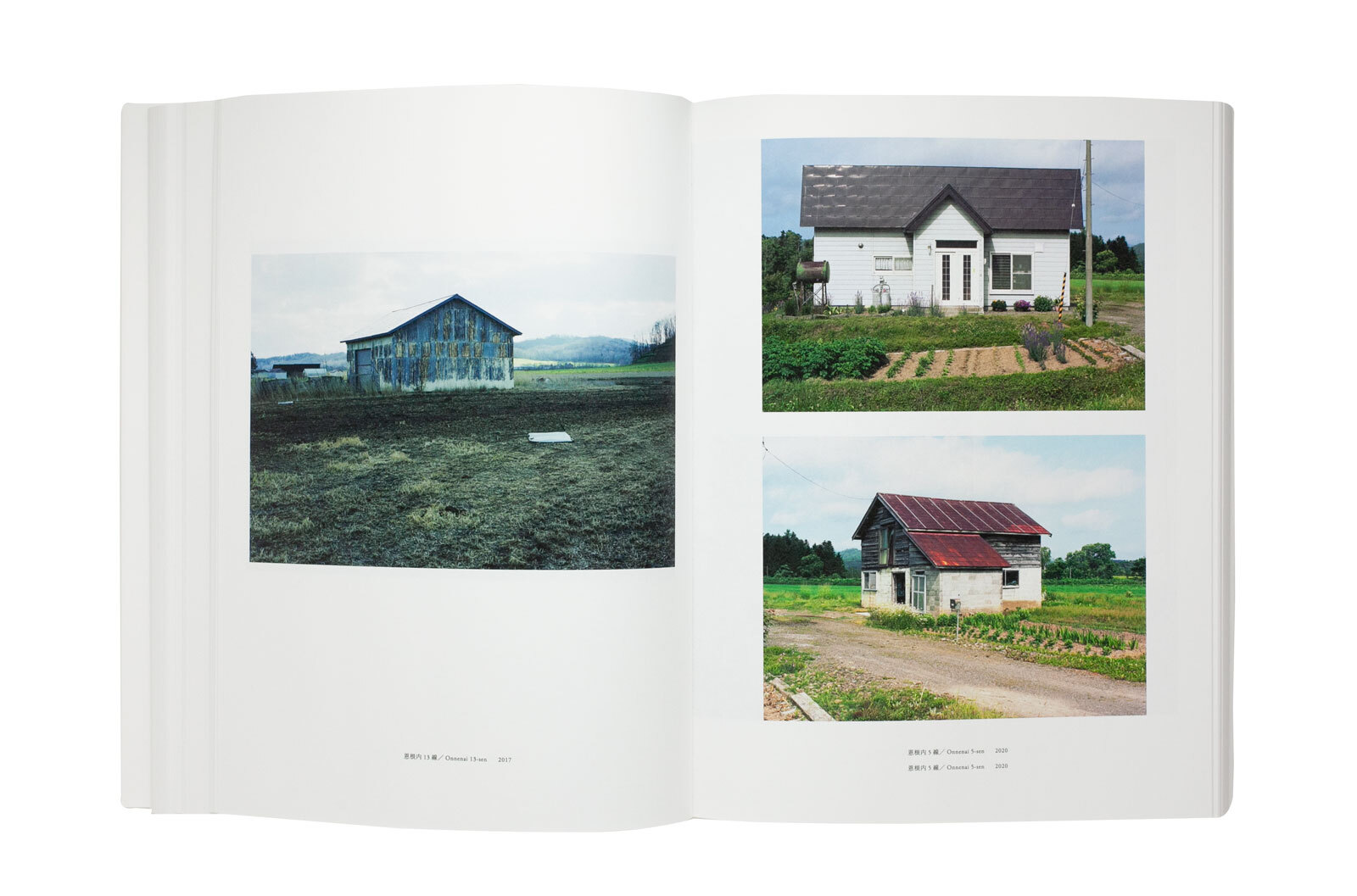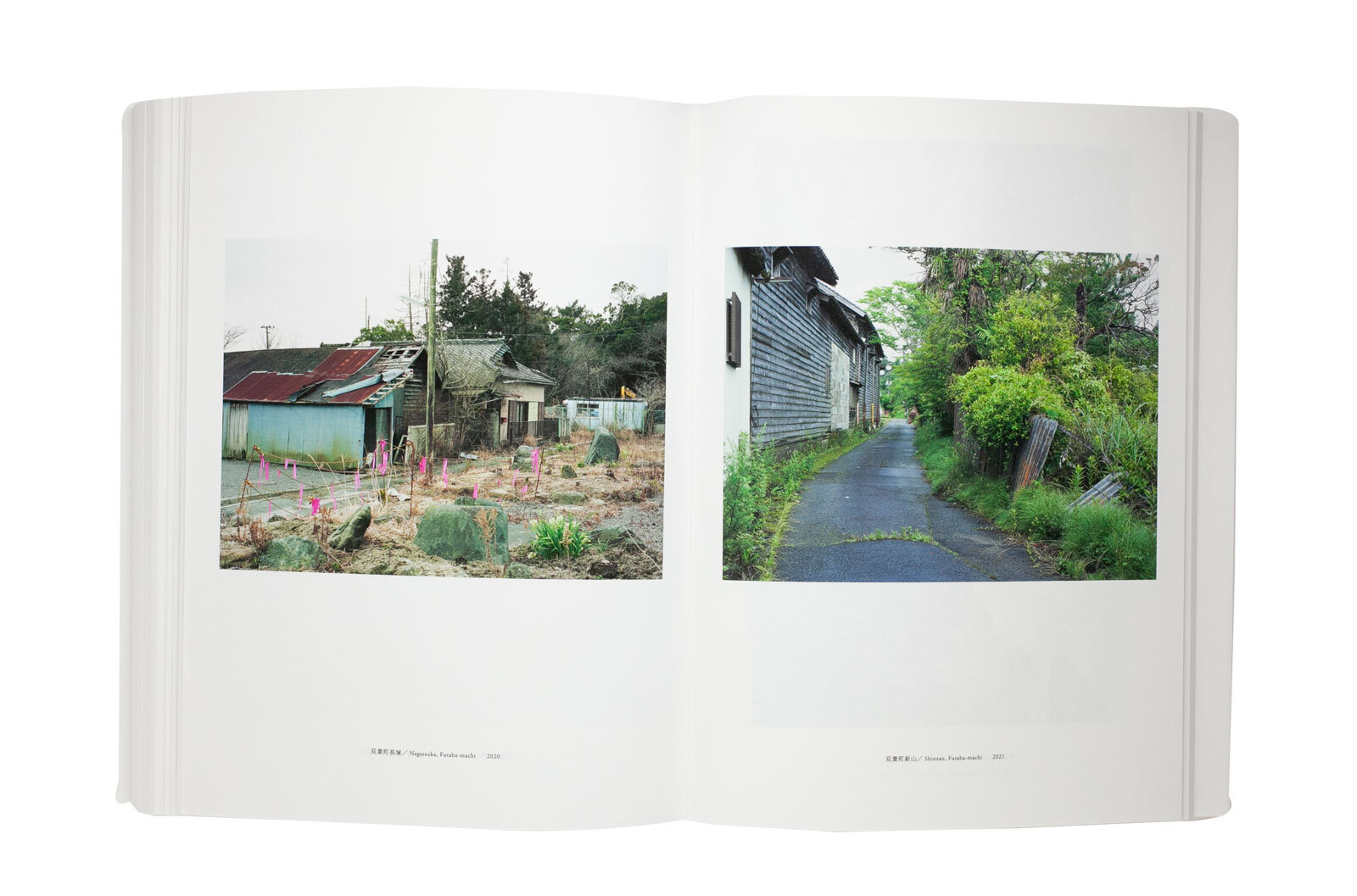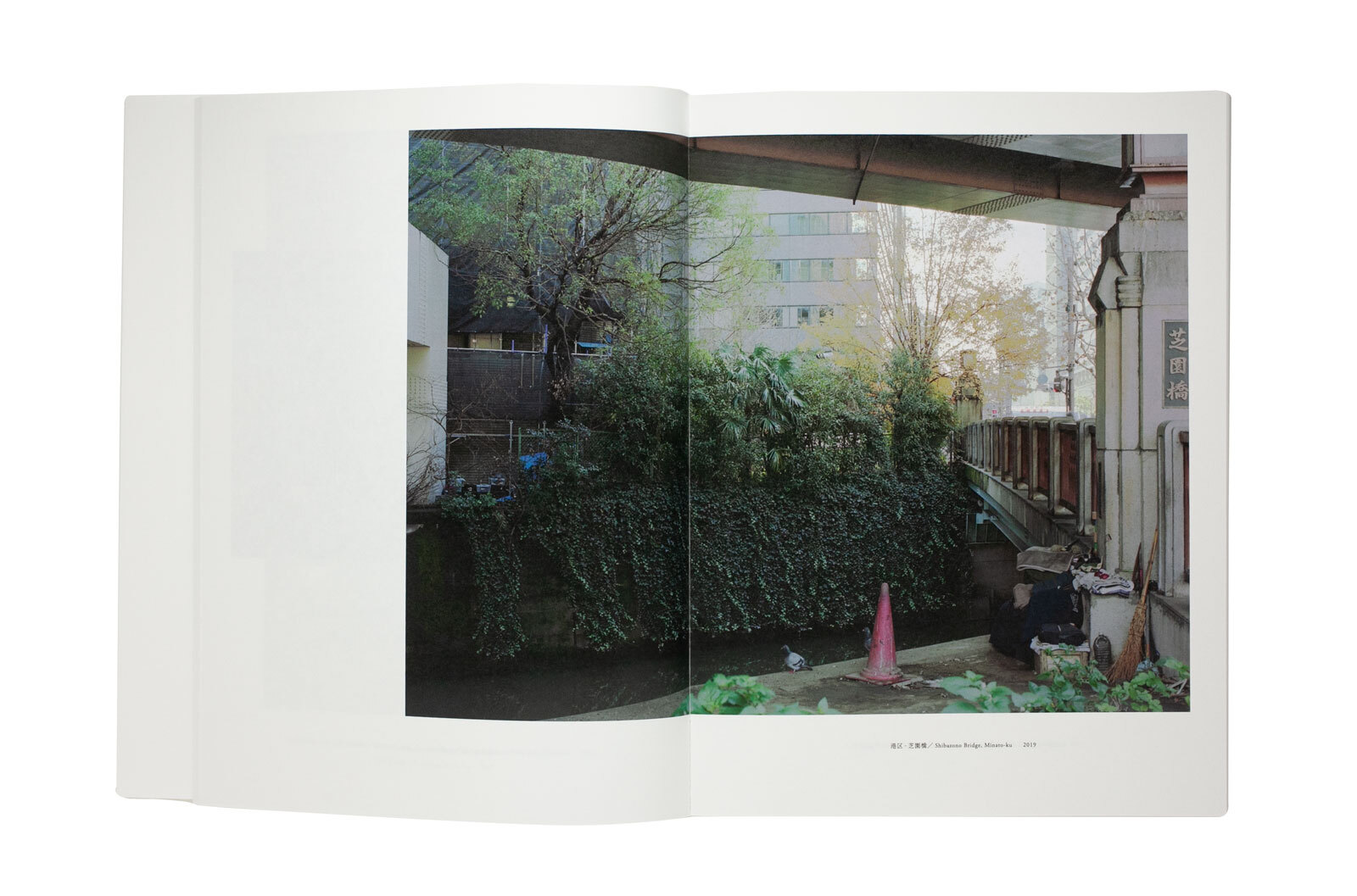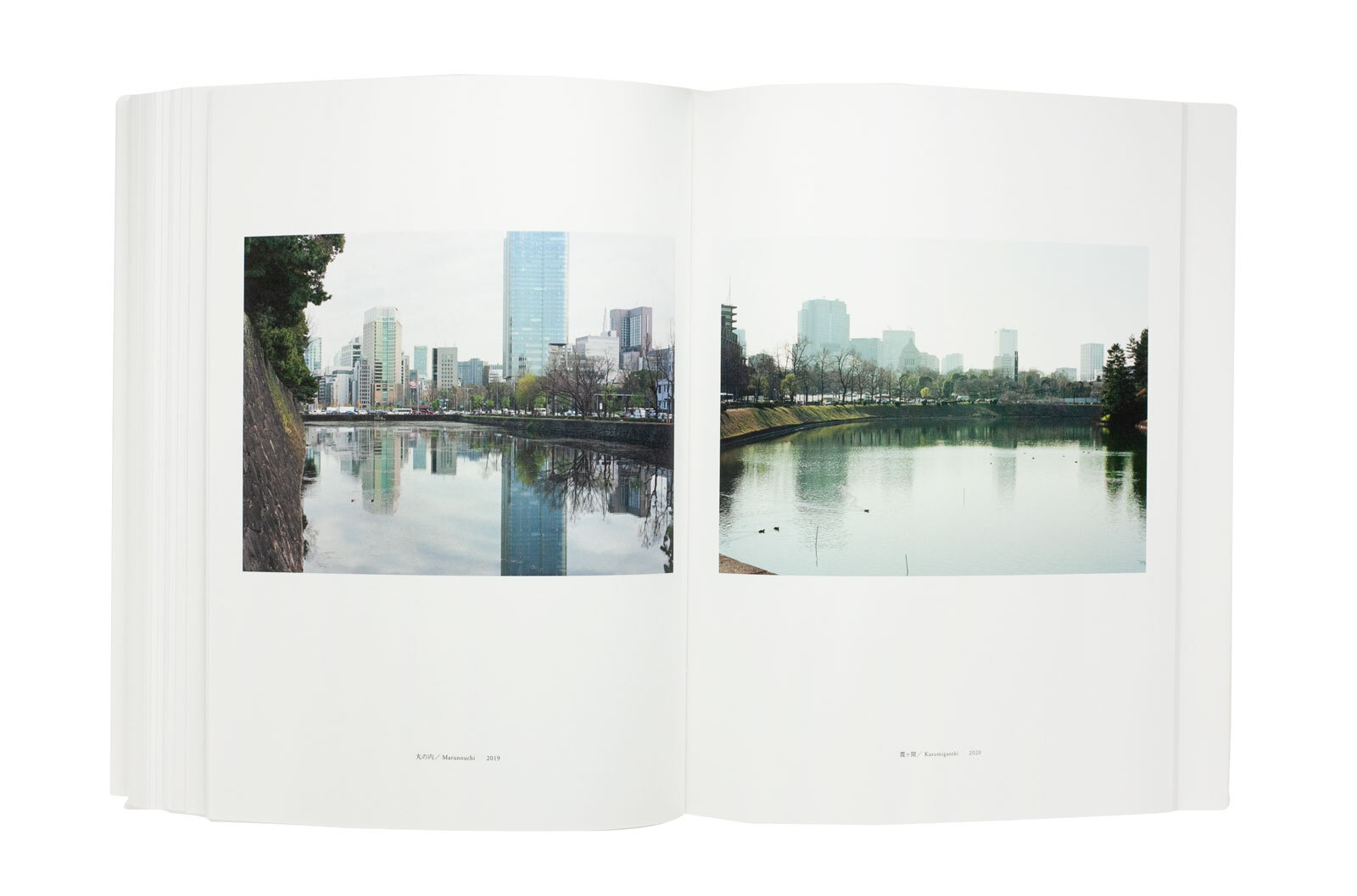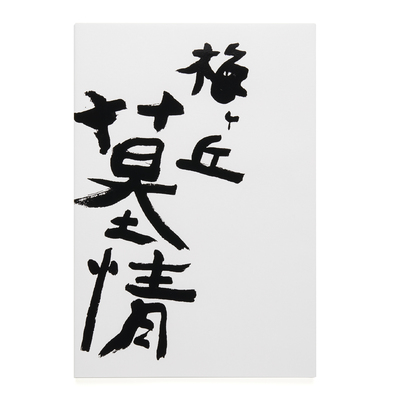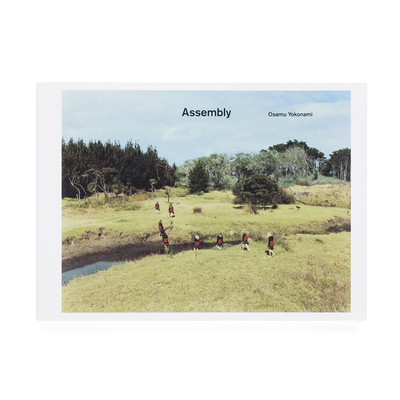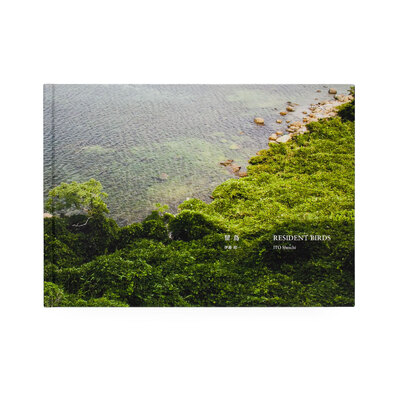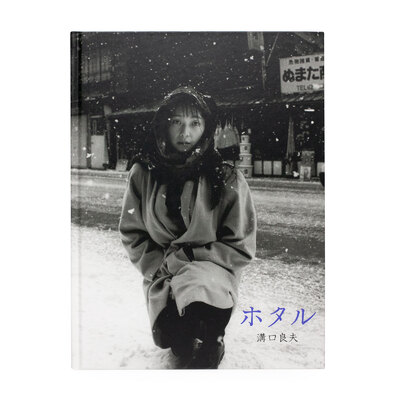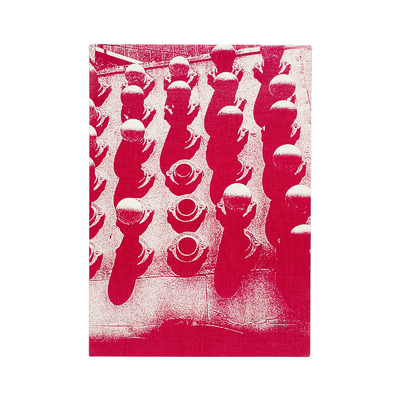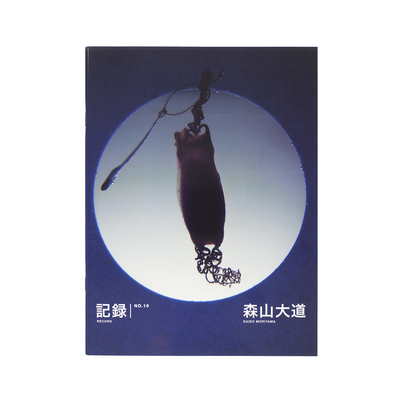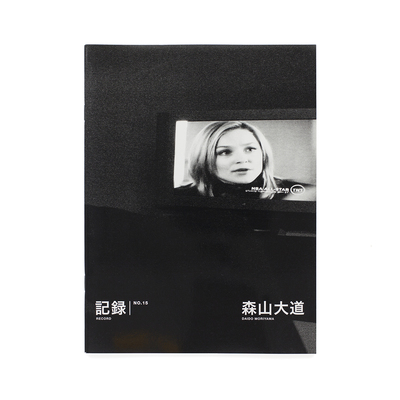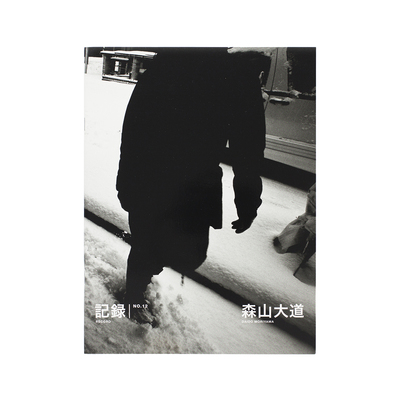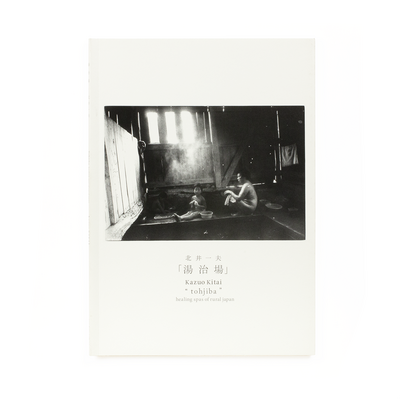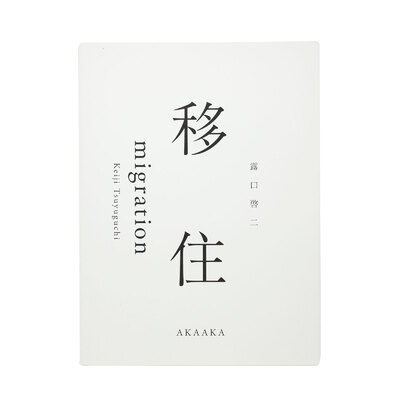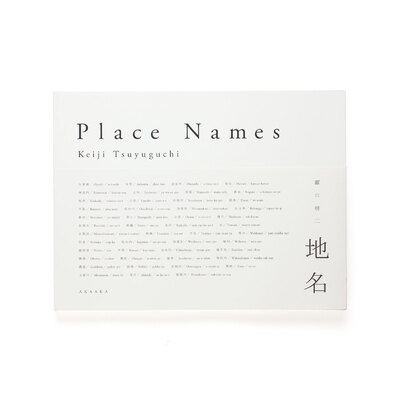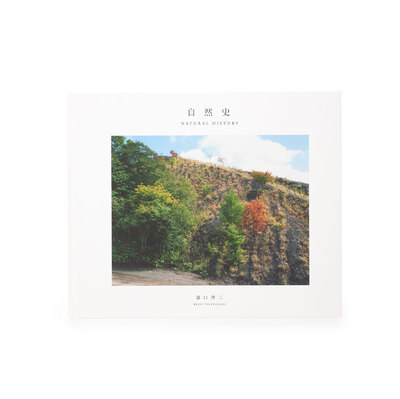Migration
In "Migration," Japanese photographer Keiji Tsuyuguchi investigates and documents sites of forced migration in Japan.
Divided into seven chapters, Tsuyuguchi pays particular attention to the treatment of Japan's indigenous Ainu people, who have been forcibly relocated to the island of Hokkaido since the mid-1800s. After opening with an explanatory text providing historical background, each chapter explores the places throughout Japan where the relocated people used to live, the places to which they were relocated, and the former sites of the institutions and government agencies responsible for their relocation. In the book's seventh and final chapter, Tsuyuguchi then examines the "difficult-to-return zones" that emerged after the 2011 Fukushima nuclear accident - large areas designated by the Japanese government as unfit for human habitation.
“One of the subjects of the photobook is the Imperial Palace, located in the center of Tokyo, where the Kaitakushi [Hokkaido Colonization Office] was based. Surrounded by multiple layers of forces that constitute the power of the archipelago, it is itself an invisible space where habitation is excluded. People who visit the Imperial Palace wander around the grounds surrounding it or stand gazing at the expressionless sky spread out above the moat and stone walls. They show little interest in the fact that it was formerly the seat of power before the modern era and, barely conscious that it is now devoid of substance, they eventually leave. It is only when some ceremony is held there that the Imperial Palace takes on meaning for us.”
― from Keiji Tsuguyuchi’s foreword
All texts in the book are included in Japanese and English translations, except for the concluding essays by Shino Kuraishi and Satoshi Ukai, which are included in Japanese only.
$51.38
Checkout This item has been added to your cart.
- Book Size
- 298 × 224 mm
- Pages
- 336 pages
- Binding
- Softcover
- Publication Year
- 2024
- Language
- English, Japanese
- ISBN
- 978-4-86541-190-4
